
An optical image of the face-on Seyfert galaxy NGC 3081. The bright nuclei of Seyferts are powered by accretion onto their supermassive balckholes, but circumnuclear dust torii can block our line of sight to optical light. A new study uses hard X-ray emission scattered or reflected from surrounding nuclear structures to analyze the circumnuclear properties of obscured Seyfert nuclei. Credit: NASA/Hubble
Seyfert galaxies are distinguished by their bright nuclei and radiation from highly ionized atoms. Seyferts look much like quasars, but unlike point-like quasars the Seyfert host galaxies are clearly seen.
Astronomers think that the luminous nuclei of Seyferts are powered by accretion of material onto supermassive black holes via a circumnuclear disk, with a dusty torus around them farther away. Different orientations of the disk and obscuring torus to our line of sight are thought to account for the apparent differences seen in Seyfert types, but the morphology and composition of torii are still uncertain and could also play significant roles.
For example, some scientists have proposed that the torus is a homogeneous structure, while others argue that it is a clumpy distribution of dense clouds. The accretion of material onto the black hole produces X-ray emission that reflects or scatters off of local structures. This feature can be used to help diagnose the properties of the environment, but much of the X-ray emission, especially at lower energies, is absorbed by obscuring material.
CfA astronomer Laura Brenneman was a member of a team that used the NuSTAR X-ray satellite to study a sample of nineteen optically selected Seyfert galaxies known to have obscuring material along the line of sights to their nuclei. The singular advantage of NuSTAR is its ability to detect high energy X-ray emission that is not blocked. The team additionally used archival observations from several other X-ray missions including Chandra to complete their analysis.
They modeled the optical data with conventional techniques to estimate the black hole masses from the motions of the gas, and used that to model the scattered and reflected X-rays produced by the accretion process to derive the gas densities.
They conclude that between 80-90% of the galaxies in their sample have some dense material capable of obscuring the optical light entirely. They also conclude that radiation pressure produced in the accretion processes regulates the distribution of the circumnuclear material, as the less dense material is swept away when accretion rate increases, thereby making the nuclear region less obscured.
This new paper represents the first study made of a large controlled sample of Seyferts using hard X-rays to probe the conditions in the heart of Seyfert nuclei.
Reference: “A Hard Look at Local, Optically Selected, Obscured Seyfert Galaxies” by E. S. Kammoun, J. M. Miller, M. Koss, K. Oh, A. Zoghbi, R. F. Mushotzky, D. Barret, E. Behar, W. N. Brandt, L. W. Brenneman, J. S. Kaastra, A. M. Lohfink, D. Proga and D. Stern, 6 October 2020, The Astrophysical Journal.
DOI: 10.3847/1538-4357/abb29f

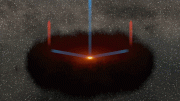
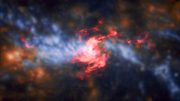
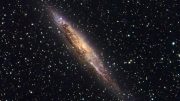
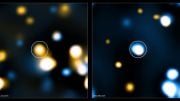
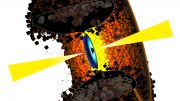
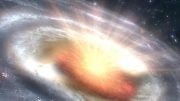
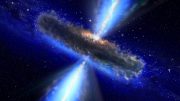
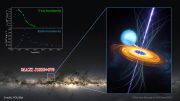
Be the first to comment on "A Hard Look at Obscured Seyfert Galaxies"